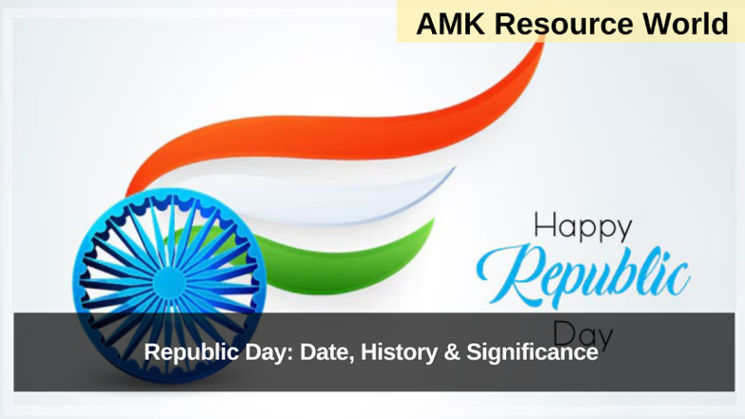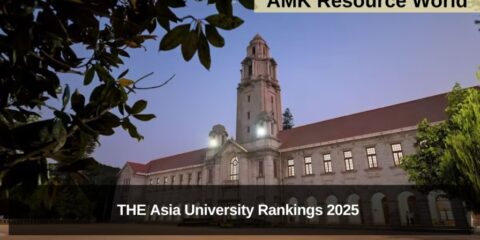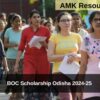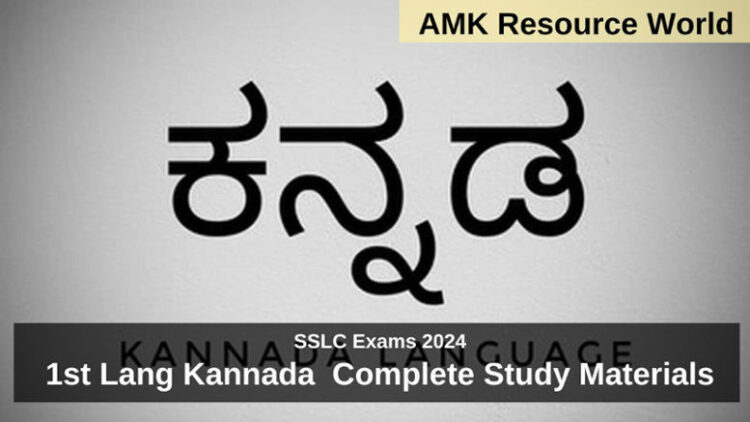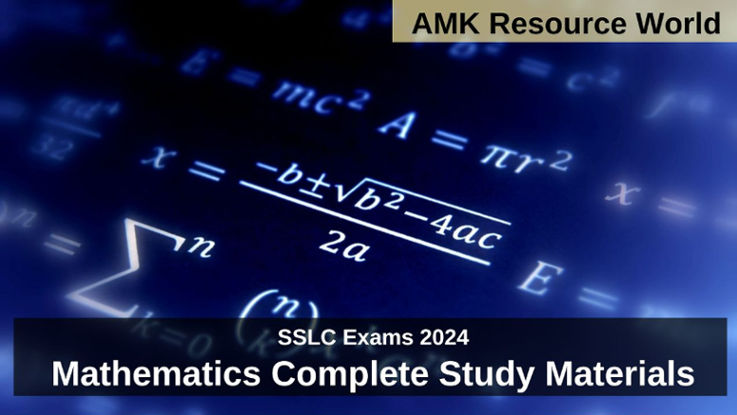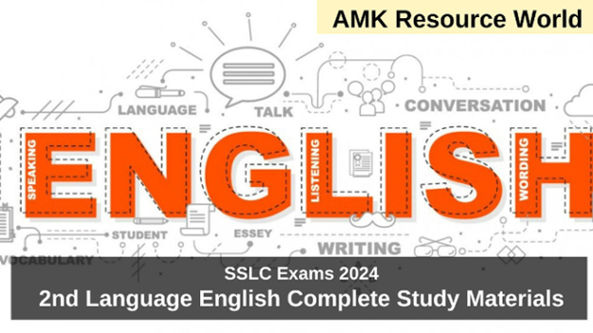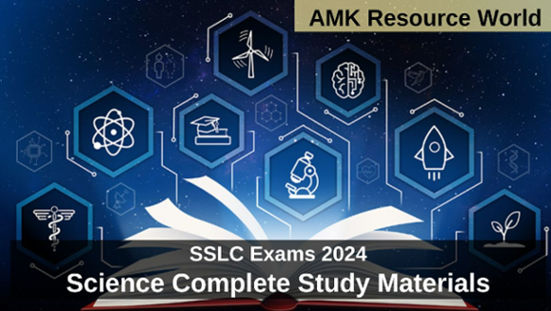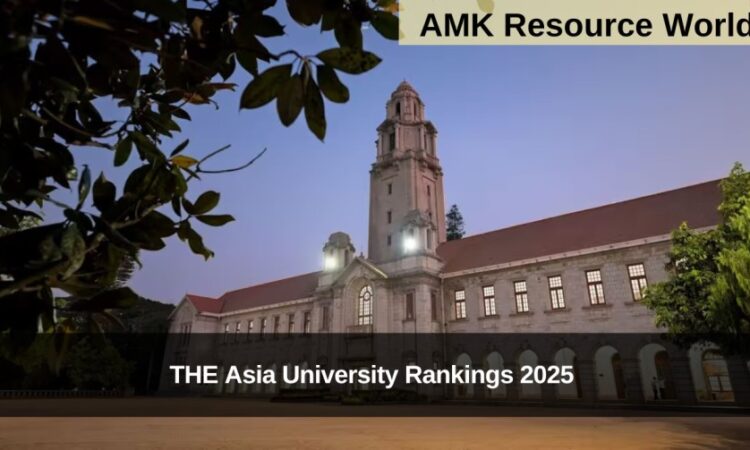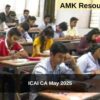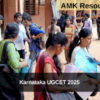Republic Day, celebrated annually is one of India’s most significant national holidays. This day marks the adoption of the Indian Constitution and the establishment of India as a republic. It is a day of great national pride, symbolizing India’s independence and the transition from a colonial past to a democratic republic. The celebrations include grand parades, cultural programs, and the hoisting of the national flag, honoring the rich history, diverse culture, and remarkable achievements of India.
DATE OF REPUBLIC DAY: JANUARY 26TH
Republic Day is observed on January 26th each year to commemorate the day when India officially became a republic. The choice of this date holds great historical significance. On January 26th, 1930, the Indian National Congress (INC), under the leadership of Jawaharlal Nehru, declared Purna Swaraj (complete independence) from British rule. Although India did not achieve independence on this date, it set the stage for the freedom movement and inspired millions of Indians to unite and fight for independence.
After India gained independence on August 15th, 1947, the country continued to function under the Government of India Act of 1935, which was inherited from the British. However, India needed a new Constitution that would reflect the values and aspirations of an independent, democratic nation.
The Indian Constitution was adopted by the Constituent Assembly on November 26, 1949, but it came into effect on January 26, 1950. This marked the official moment when India became a republic, free from British control and fully sovereign in its governance. Thus, the date January 26th became significant as it was the day when India took its first steps as a republic, with a fully functioning Constitution and a government elected by the people.
HISTORY OF REPUBLIC DAY CELEBRATIONS
India’s first Republic Day celebration took place on January 26, 1950, when the Indian Constitution came into effect.
On this day, Dr. Rajendra Prasad took the oath as India’s first President, and the Indian Republic was born. The first Republic Day celebrations were held with great enthusiasm in New Delhi, and the Indian Army, Navy, and Air Force participated in the ceremonial parade. The national flag was hoisted, and a ceremonial salute was given to honor the President.
From 1950 onwards, Republic Day has been marked with grand celebrations, with the primary event taking place in the national capital, New Delhi, at Rajpath. The event is attended by the President, the Prime Minister, the Cabinet Ministers, the Chief of Defence Staff, and other prominent national and international dignitaries. The highlight of the Republic Day celebration is the grand parade, which showcases India’s rich cultural diversity, military strength, and technological progress. The parade begins with the hoisting of the national flag by the President, followed by a 21-gun salute and the national anthem.
The Republic Day Parade is one of the most awaited events, attracting millions of viewers both nationally and internationally. Over the years, the celebrations have evolved, with performances by school children, floats representing various states, and spectacular displays of the country’s military capabilities. Each year, a different chief guest is invited to the Republic Day celebrations, and the event also serves as a platform for India to showcase its relations with other countries.
SIGNIFICANCE OF REPUBLIC DAY
Honoring the Indian Constitution: The adoption of the Constitution was a monumental event in India’s history, as it laid the foundation for the country’s legal and political systems.
| Also read: National Voter’s Day: Day, History, Significance & Theme |
The Constitution of India is the longest-written constitution in the world and is a document that outlines the rights and duties of citizens, the structure of government, and the principles of democracy. Republic Day marks the implementation of this constitution and the establishment of India as a democratic republic, where the power rests with the people.
Symbolizing National Unity and Integrity: Republic Day celebrations emphasize the unity in diversity of India. The grand parade showcases the cultural diversity of the country, with performances and floats representing various states and regions. The celebration of Republic Day brings together people from all walks of life, transcending language, religion, and regional differences. It serves as a reminder of the importance of national unity, integration, and harmony.
Commemorating the Struggle for Freedom: Republic Day also serves as a tribute to the freedom fighters and leaders who fought tirelessly for India’s independence. The day is a reminder of the sacrifices made by countless individuals, both known and unsung, who contributed to India’s struggle against British colonial rule. The celebration of Republic Day is not just a celebration of the present but also a reflection on the past and the journey of the Indian people to achieve independence and self-governance.
Celebrating Democracy: India is the world’s largest democracy, and Republic Day serves as a reminder of the country’s commitment to democratic principles. The Constitution ensures that every citizen, regardless of their background, has the right to vote and participate in the democratic process. Republic Day celebrations symbolize the spirit of democracy, where the voice of the people is heard, and the country is governed by elected representatives.
Showcasing India’s Achievements: Republic Day provides an opportunity for the country to showcase its achievements in various fields, such as defense, technology, science, and education. The Republic Day Parade features displays of the latest military hardware, technological advancements, and cultural performances. The event also highlights the progress made in terms of infrastructure development, social reforms, and other key areas that contribute to India’s growth and development.
Paying Tribute to the Nation’s Heroes: On Republic Day, the nation honors its heroes, including soldiers, freedom fighters, and ordinary citizens who have made significant contributions to the country. The gallantry awards, including the Bharat Ratna, Padma Bhushan, Padma Shri, and Param Vir Chakra, are presented to deserving individuals. The Republic Day celebrations are a way of recognizing the sacrifices and efforts of those who have served the country in various capacities.
CONCLUSION
Republic Day is a day of immense pride for every Indian. It is a day to remember the hard-fought freedom, honor the framers of the Constitution, and celebrate the achievements of the country. This day reinforces India’s commitment to democracy, unity, and progress. As the nation marches forward, Republic Day serves as a reminder of the values that make India unique: democracy, justice, equality, and liberty. The Republic Day celebrations provide a moment of reflection on how far India has come and a vision of the future that it strives to achieve
